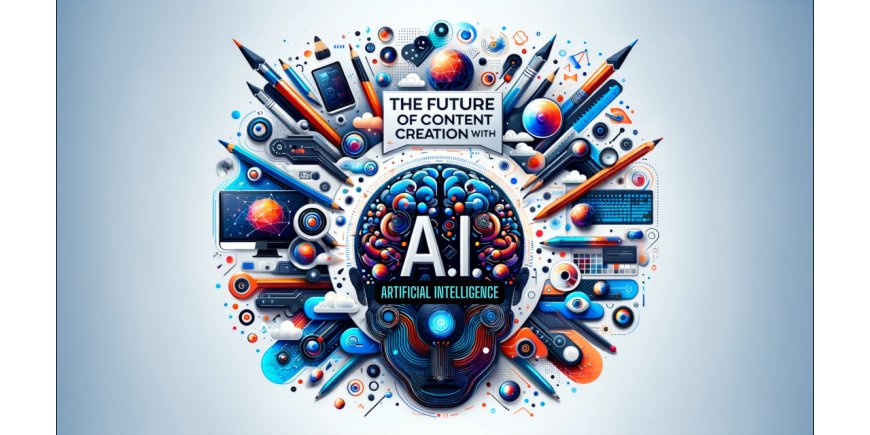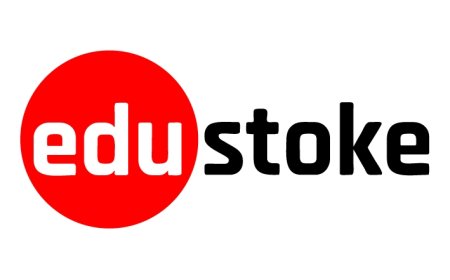Balancing AI and Your Ideas: Finding the Right Mix for Unique Content
How to effectively balance AI and your unique ideas for creating high-quality, distinctive content. Learn strategies for leveraging AI's strengths while preserving your authentic voice in article and ebook writing.

The digital age, particularly the rapid advancements in Artificial Intelligence (AI) since the early 2020s, has fundamentally reshaped our approach to content creation. AI tools, with their remarkable ability to process vast amounts of data and generate text at unprecedented speeds, now offer alluring shortcuts for article writing, marketing copy, and even long-form content. However, the true artistry and impact of compelling content still hinge upon unique ideas, authentic voice, and deep human insightqualities that AI cannot independently generate.
Consequently, the contemporary challenge for writers, marketers, and businesses lies not in choosing between human and AI, but in finding the optimal balance between AI's efficiency and the irreplaceable essence of human ingenuity. This intermediate guide explores strategies for effectively integrating AI into your workflow, ensuring that your content remains distinctive, valuable, and genuinely reflective of your unique vision.
Understanding AI's Strengths and Limitations in Content Creation
To effectively balance AI with human ideas, one must first possess a clear understanding of what AI excels at and where its inherent limitations lie. This clarity forms the foundation of a symbiotic creative process.
AI's Strengths: Efficiency and Data Processing
AI shines in tasks that are repetitive, data-intensive, or require rapid text generation. It can:
-
Generate Drafts Quickly
For article writing, AI can produce initial outlines, introductions, or even full first drafts in minutes, significantly reducing the time spent staring at a blank page.
-
Assist with Research and Summarization
AI can quickly sift through vast datasets to pull out key information, summarize complex topics, and even suggest relevant concepts, aiding the research phase.
-
Optimize for Keywords and Structure
AI can incorporate specified keywords and follow structural guidelines (e.g., headings, bullet points) to create SEO-friendly or easily digestible content.
-
Overcome Writer's Block
When faced with a creative lull, AI can provide prompts, rephrase sentences, or suggest alternative angles, acting as a creative sparring partner.
AI's Limitations: Lack of Originality and True Understanding
Despite its sophistication, AI possesses crucial limitations that prevent it from replacing human creativity:
-
No Genuine Ideas or Experiences
AI lacks consciousness, personal experiences, emotions, and genuine intuition. It cannot originate truly novel ideas or profound insights that come from lived experience or deeply conceptual thought.
-
Predominance of Patterns
AI generates text based on statistical probabilities derived from its training data. This often leads to outputs that are generic, formulaic, or echo existing content, lacking a unique voice or truly fresh perspective.
-
Factual Inaccuracies ("Hallucinations")
AI can confidently present false information as fact. This necessitates thorough human verification for any AI-generated content, especially for research-heavy article writing or factual e-book writing services.
-
Absence of Empathy and Nuance
AI struggles to convey complex emotional tones, humor, sarcasm, or deep empathy, often resulting in text that feels impersonal or detached.
Strategy 1: AI as an Idea Generator and Brainstorming Partner
Instead of asking AI to write the entire piece, leverage its capacity to generate ideas, explore diverse angles, and assist in the initial conceptualization phase.
Brainstorming Topics and Angles
Provide AI with a broad subject and ask it to generate a list of potential article topics, unique angles, or sub-themes. For example, if writing about "wellness," ask AI for "5 unconventional wellness practices" or "challenges in modern wellness."
Outlining and Structuring Content
Once you have a core idea, use AI to help outline the article or book chapters. Ask for suggestions on logical flow, key points to cover, or different structural approaches (e.g., problem-solution, chronological, argumentative). This provides a framework upon which you can build with your original thoughts.
Exploring Keywords and SEO Concepts
Utilize AI to suggest relevant keywords, long-tail phrases, and related search queries. This helps ensure your human-driven content is discoverable while avoiding the risk of AI-generated keyword stuffing.
Overcoming Writer's Block with Prompts
When stuck on a particular section, prompt AI for ideas on how to continue, different ways to phrase a sentence, or alternative analogies. Use these as jumping-off points for your own creative solution.
Strategy 2: AI as a First Draft Assistant and Productivity Booster
Once the ideas and structure are in place, AI can significantly accelerate the drafting process, particularly for sections that are more informational or less reliant on unique insight.
Generating Initial Drafts of Common Sections
Use AI to generate first drafts for less conceptual sections like introductions (which you'll refine), background information, or common concluding remarks. This saves time on foundational text. For e-book writing services, this might apply to glossary entries, historical overviews, or standard disclaimers.
Rephrasing and Expanding Content
If you have a core idea but struggle with phrasing, ask AI to rephrase sentences or paragraphs in different tones (e.g., more formal, more conversational) or to expand on a brief point. This provides raw material you can then shape.
Summarizing Complex Information
For research-heavy article writing, use AI to summarize external articles or reports. This helps you quickly grasp key points, which you can then integrate into your own unique narrative. Always verify the accuracy of AI-generated summaries against the original source.
Language Polishing for Non-Native Speakers
AI can offer invaluable assistance in refining grammar, syntax, and vocabulary for non-native English speakers, ensuring clarity and professionalism in the initial draft before human editing services.
Strategy 3: The Indispensable Role of Human Oversight and Transformation
This is the most critical stage: transforming AI-generated output into truly unique, valuable, and original content. Human intervention at this stage is non-negotiable.
Fact-Checking and Verification
Every piece of information, statistic, or claim generated by AI must be meticulously fact-checked against reliable sources. Assume nothing is accurate until verified. This is paramount for credibility, especially in e-book writing services that aim to establish authority.
Injecting Unique Ideas and Insights
This is where your unique selling proposition comes in. After AI provides a framework or initial draft, infuse it with your original research, personal anecdotes, unique perspectives, dissenting opinions, or groundbreaking analyses. This is the "human differentiator."
Refining Voice, Tone, and Personality
This step requires significant human editing services. Take the AI-generated text and reshape it to reflect your distinct authorial voice. Add humor, personal reflections, specific examples from your experience, and tailor the tone precisely to your target audience. Make it sound like you.
Ensuring Cohesion, Flow, and Impact
AI often struggles with logical transitions and a compelling narrative arc. Human editors are essential for ensuring that the entire article or book flows seamlessly, building arguments effectively and guiding the reader to a clear conclusion or call to action. They polish the prose for maximum impact and readability.
Strategy 4: Leveraging Professional Editing Services for Final Polish
Even with careful human oversight, a professional layer of editing services is crucial for ensuring the highest quality, particularly when AI has been involved in the drafting process.
Comprehensive Quality Control
Professional editors provide an objective, expert review, catching errors that even meticulous authors might miss. This includes grammatical perfection, stylistic consistency, clarity, and overall coherence.
Identifying Residual AI Markers
Experienced editors can often spot subtle patterns or phrasing common in AI-generated text. They can then help rephrase these sections to eliminate any "robotic" feel, ensuring the final product reads as authentically human.
Enhancing Readability and Engagement
Editors optimize the content for maximum reader engagement, ensuring that the arguments are compelling, the narrative is captivating, and the language is impactful. This is vital for article writing that aims to educate, persuade, or entertain.
Final Compliance and Ethical Review
Editors can also review for any unintended ethical issues related to AI usage, ensuring transparency and proper attribution where necessary. This is especially important for publications requiring stringent academic or industry compliance.
A Synergistic Future for Content Creation
The rise of AI in content creation is not an invitation to abdicate human intellectual effort but rather an opportunity to elevate it. By strategically balancing AI's remarkable efficiency with your unique ideas, critical thinking, and distinct voice, you can achieve unprecedented levels of productivity and creativity. Treat AI as a sophisticated assistanta powerful tool for brainstorming, drafting, and optimizingbut always retain your indispensable role as the visionary, the fact-checker, and the ultimate arbiter of quality and authenticity. This thoughtful integration, further refined by professional editing services, will enable you to consistently produce truly unique, impactful, and valuable content, whether for concise article writing or comprehensive e-book writing services, that resonates deeply with your audience in the evolving digital landscape.
















![Top 9 Real Estate Mobile App Developers in Riyadh, Saudi Arabia [2025 Edition]](https://www.biphoo.uk/uploads/images/202507/image_430x256_6879d0d524335.jpg)



















